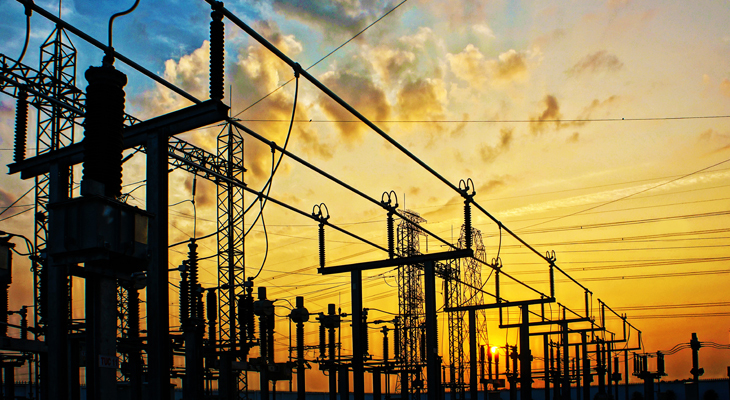There is an urgent need to upgrade the electrical infrastructure to meet the growing demand for power from the shipping and transportation sectors.
Aside from the ports, trucking, and manufacturers, commercial real estate investors, especially those in #industrial and #coldstorage which affect the #foodsupplychain, need to get involved.
Appointed regulators are often told to focus on keeping power rates down to keep their positions over making necessary upgrades.
It is critical to address the growing demand for electricity from the ports and transportation sector, particularly with the mandate of heavy-duty trucks to be EVs by 2030 and 2050.
The ports, trucking companies, and their associations need to share their stories about wanting to be part of the solution for air quality, but they can’t do that without the grid infrastructure in place.
Electrical utilities play a vital role in ensuring that the region’s electrical infrastructure can meet the increasing demand for power from various sectors.
Despite some investment and expansion efforts since the 1950s, the fleet of generators that make up the U.S. grid is old. Transmission loads max out congested lines. Extreme weather events, such as heatwaves and wildfires, have caused power cables to melt, exacerbating the problem.
Utilities receive a regulated return on their equity (9-11%) from the public utilities commission, which can create pressure to keep power rates low over making necessary upgrades.
This approach can be detrimental to the region’s economic and environmental health.
It is crucial to highlight upgrading the electrical infrastructure now to meet the growing electricity demand. Otherwise, all the rhetoric that we are “greening” our economy is for naught.
For example, the ports in Southern California are among the busiest in the country, and thousands of ships rely on electricity to operate. Some ports are not allowed to let them connect to electrical power because there isn’t enough infrastructure in place or certain regulations prohibit it meaning they’re using combustible fuels while docked.
The current infrastructure will not meet the growing demand. It will lead to disruptions in the supply chain across the country, affecting businesses and consumers.
Moreover, the transportation sector is experiencing a significant shift towards electrification through legislation like the Advanced Clean Trucks (ACT) Rule in California which requires that 30% of truck sales by zero-emission by 2030, and all new truck sales be all-electric by 2050.
Electric demand will double with more heavy-duty drayage vehicles and consumer vehicles switching to electric power.
Consider the great work companies like Forum Mobility do to create charging depots and heavy-duty electric trucks for zero-emission drayage. They have solutions for this type of legislation, but if the infrastructure is not in place to meet this demand, it could hinder the transition to cleaner transportation and impact the air quality in the region.
To address this issue, it is crucial that the ports, trucking companies, and associations like the California Trucking Association speak out and share their stories about how they want to be part of the solution for air quality, but they can’t do that without the grid infrastructure in place.
It is also critical to advocate for regulators to approve necessary upgrades to the electrical infrastructure over keeping power rates low to ensure that the region can meet the growing electricity demand.
Being proactive is the start.
Getting the public utility regulators to move needs to start now by letting them know you want a clean port, transportation highway, and a stable grid for yourself and the future of your family and the economy.
I write seven days a week to help business owners and real estate investors:
✅ Accelerate value,
✅ Become better leaders,
✅ Access capital

